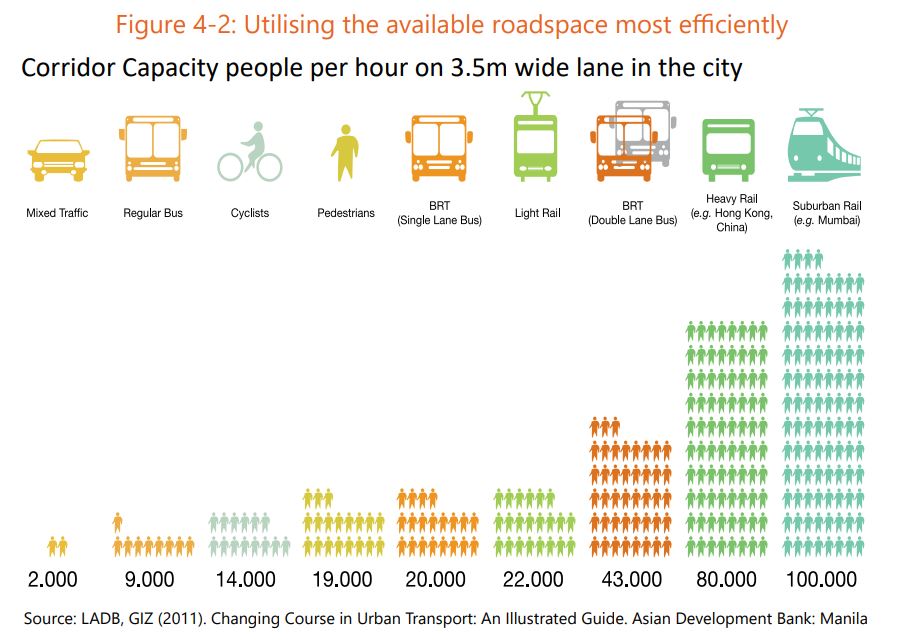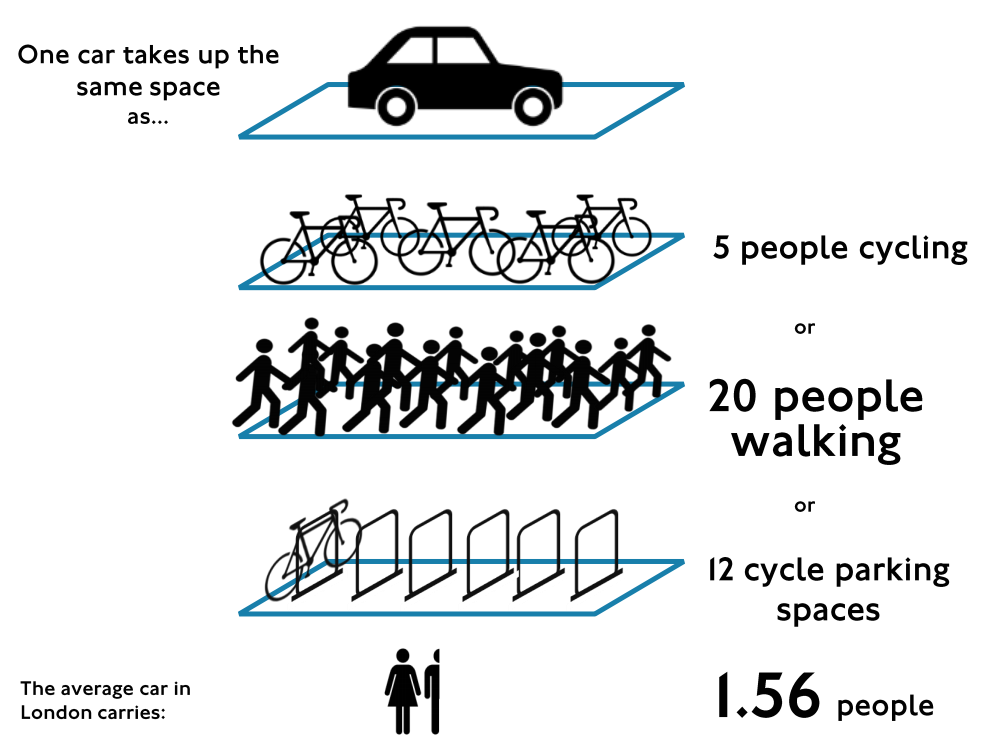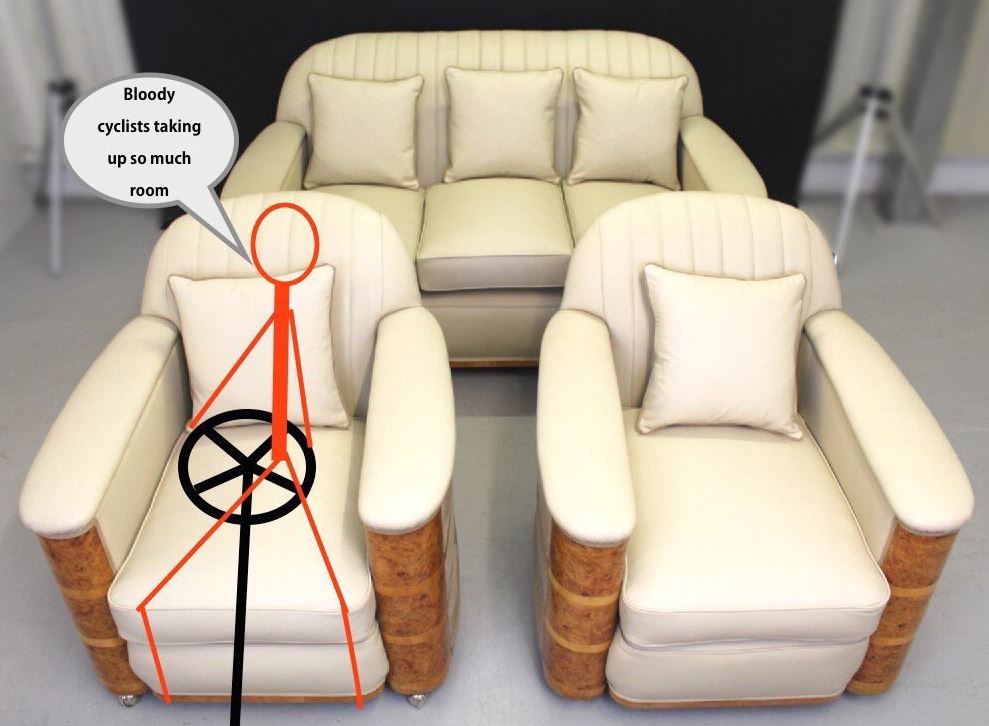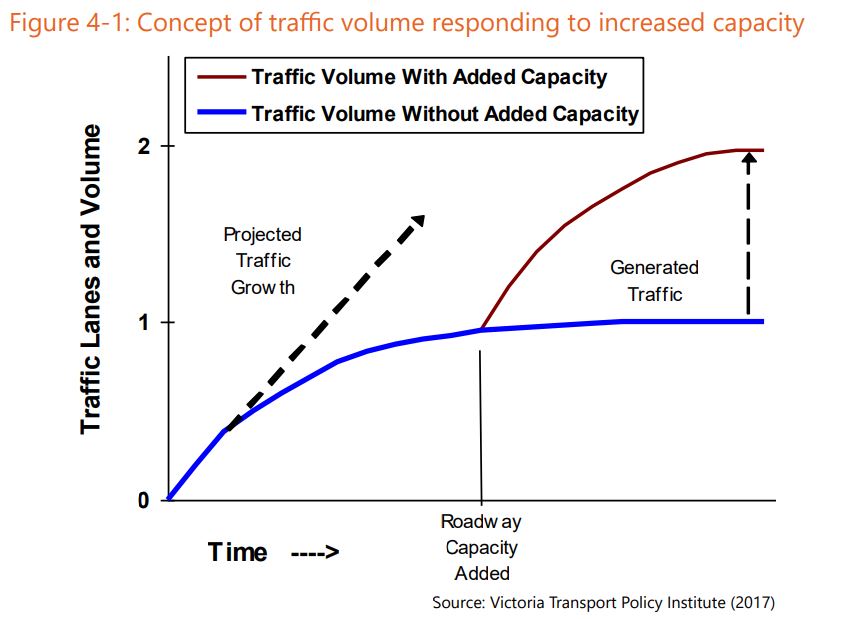*Note: editing to be done soon*
As I have become more and more interested in road safety, my attention has focussed on the ways in which we get about. Less than one hundred years ago, transporting ourselves 50 miles was a bit of a mission – it needed to be planned and a bit of effort needed to be expended. Today, no one would bat an eyelid at the thought. Some travel a couple of hundred miles to work on a daily basis. And driving has almost become second nature. Through the design of the car and infrastructure it is so easy to jump in the car and nip 1 mile to the shop for a loaf of bread and a pint of milk. Which leads me to this unassigned quote I found:
“You don’t need a wheelbarrow to carry a pea.”
Travelling has become so important in our lives. Therefore, the transport we use needs to be focussed on. As you may have noticed from my website or elsewhere, I am a fan of the bicycle. This does not make me anti-car. What makes me feel slightly anti-car sometimes is those few drivers who are anti-bicycle.
The most common way in which people get around is on the surface of the planet on channels called “roads”. The road was not invented for the motor vehicle but the motor vehicle currently dominates it. “Tarmac” or “Asphalt” roads, as we use them today were invented for bicycles. Beforehand the passages to travel, made to a common width were for the horse and cart and of course, paths were trodden by people for millennia. (Reid, C. 2014 “Roads Were Not Built For Cars”). When the car was invented, the axle width was made to fit the room available on the roads. Roads between houses, in narrow streets or in towns and villages are sometimes exceeded by the car. Historically, owing to the lack of space available – with bicycles, horse-drawn carriages, buses and trams on the road, cars were smaller. The late twentieth century saw the growth in the popularity of the car and as the years past, for numerous reasons, the size of the car grew. As well as the average car increasing on the market, jeeps and SUVs have appeared in urban environments and seemingly grow upwards and outwards and bigger and bigger.
For years, I have described the function of society as being “car brained”. Often, I have described this as both individuals and instituations as being “car blind” meaning that they do not see the problems with cars. Problems with and from the car pervade society. From the inactivity they allow, to the noise pollution, the exhaust and tyre pollution, the congestion, the damage and danger to injury or life they produce, people do not see it. If you think to the classroom, children have to endure classroom sizes of 30 plus. Add on another 5 to this, and that’s the number of people wiped out on average per week on the road. We should not allow either. The car has seeped into society and infected the brains of individuals – me, you and instituations. A paper I have recently read and I commend is “Motonormativity: how social norms hide a maor public health hazard” by Walker, Tapp and Davis.
Below is is a useful image. It shows the number of people that can pass in a 4.5 metre wide lane in a city. Cars are big. When one sees a big long queue of traffic, stretching back for ages, it is probably only a few dozen cars. And most of these cars will have one person sitting in them.
You’re not stuck in traffic, you are the traffic. pic.twitter.com/nXQlBPImEy
— RuPaul (@RuPaul) July 9, 2019
The infographic below is taken from a 2019 Transport for London report entitled “Walking and cycling: the economic benefits”.
The video below talks about vital need to change the use of space for transportation in our towns and cities. This video was produced back in 1992 and we still haven’t learnt:
Think of the space an individual takes up. Think of the space a car takes up. If each individual who physically could use a car, did just that, the roads would be at a standstill. There would be gridlock. They would be clogged. Bicycles are a solution. Look at the image below:
This is a useful space to talk about the concept of induced demand. Often, when there are endless queues of traffic, it is often said that adding an extra lane will help. It does help, for a short time as logically, there is double the width for the traffic to travel along. However, the idea behind this concept is that eventually, knowing that this new route exists, more and more people will use it and it will soon face the same, and then worse levels of congestion. It is therefore important to prioritise the road space available to all who need to use it. See the diagram below. And the 3.5 metre diagram above.
Love this:
“Adding car lanes to deal with traffic congestion is like loosening your belt to cure obesity.” — Lewis Mumford, 1955.
If you can remember, and share, only one quote about transportation, make it this one. We’ve know it for 60+ years. pic.twitter.com/U7XUJGNAFL
— Brent Toderian (@BrentToderian) July 20, 2019
Buses are a solution. Trams are a solution. Trains are a solution.
Talking about trains, here’s an interesting video from the 1970s focussing on train fare hikes and how it affects passengers. It talks about the service that is provided, and the problems faced, and explores the effect of the Beeching cuts. I will further explain this at a later date but I think the entire railway should be nationalised and a cohesive transport policy developed. Rail journeys should be cheaper than driving. More people than ever use the trains, but more people need to be encouraged off the roads, and on to rail.
Currently motor vehicles are subsided by all tax payers. Drivers who pay VED or fuel duty do not pay fully for their cars as they do more harm to society. (Cabinet Office, 2009).
Non-exhaust particulate matter emissions (e.g. tyre wear, brake wear and road dust resuspension) account for approximately 50-60% of the vehicle emissions that contribute to poor air quality (Grigoratos and Martini, 2014; National Atmospheric Emissions Inventory, 2018).
When I think of it, I will come back and update this page. I haven’t proof read it properly so there may be the odd mistake.
I will leave you with the video below.
It looks at the junction design in the Netherlands.
It makes sense.
Here are some useful statistics when considering the allocation of space for transporting people. The statistics are from here and are regarding London and the situation with cycling. I need to weave them into this article, or another, at some point.
Approximately 5% of the roads in London are owned by TfL. 95% are owned by London boroughs.
Every day approximately 1.3 million people come into central London for work. 59,000 come by car. This is just 5% yet the private car gets the vast share of surface of London.
Cyclists cause alarm by riding on the pavement with the number of people killed by cyclists in London averaging 0.5 – 1 a year.
Motorists cause alarm by driving on the road and pavement with the number of people killed by motorists in London averaging 100 – 200 a year.
There are 15,000 miles of road in central London. 12 miles in total has got cycle lanes on them.
As the population continues to grow, we cannot afford to continue our love with the private motor vehicle. It can no longer be deemed a right, as some people see it, to own a car. The very idea of owning one is that it gives you freedom but with congestion and pollution increasing, this mentality needs to shift. Here’s a video which shows the absurdity of a tiny individual in a big box. We have been convinced that if it is a car someone is in, the space they take up is almost “natural”. It isn’t at all. In fact, it is bizarre that this is how a growing number of people are choosing to get about. With a car, the freedom comes when no one else has one. You can travel without hindrance from door-to-door.
With this in mind, it is time to dedicate more space to walking, cycling and public transportation. A car takes up more room than one of the boxes shown in this video. It is rare for a the five seats in a car to be filled. Usually, a car carries one person. Let us think about redefining how we use our street space. We wouldn’t design our houses like this, so why do we accept our streets this way?
This video asks the questions London specifically needs to think about regarding its transport planning policies over the next few years:
Whilst focussing on London, here’s a gem of a video focussing on London’s trams. It is about the last tram ride which took place in 1952. The powerful car lobby managed to convince transport planners to rip up any tram infrastructure. The car was seen as the way forward for the city. It was the future. As more and more, bigger and bigger cars compete for road space, they congest. The commentator mentioning about the car driver looking forward to their demise because he was held up by a few moments as people boarded makes me shake my head. My home town of Wellingborough in early 1900 once had a proposal put forward to build a tram network linking up the surrounding towns. How wonderful would it have been if it was built!
When someone goes to a venue with their car, they seek somewhere to park it. It is a requirement for commercial developments to have a certain number of spaces otherwise the planning permission to build will not be passed. For each parking space, approximately 30 square metres of land is needed to accommodate the parked car and then to allow the vehicle to manoeuvre in and out of the space. Land is expensive and houses need to be build. But more and more land is handed over to parking spaces. These spaces attracts car which attracts congestion. What is needed is a good public transport and cycling network to link residential areas and commercial outlets.
Whilst on the topic of parking, cars are often left on the pavement. They shouldn’t be here. Pavements are for people.
I’m a big fan of the Active Travel Cafe – formerly known as Brian Deegan’s Ideas With Beers. During lockdown I discovered these and thought they were brilliant online video calls which brought together the world of active travel to discuss, present and campaign.
Here are a few of note:
To soon edit
I have said this numerous times before. I keep forgetting and doing something else. I will one day get round to editing this. For now, here’s a TEDTalk YouTube video I found entitled “The Amazing Way Bicycles Change You”
Samuel x







Leave a Reply